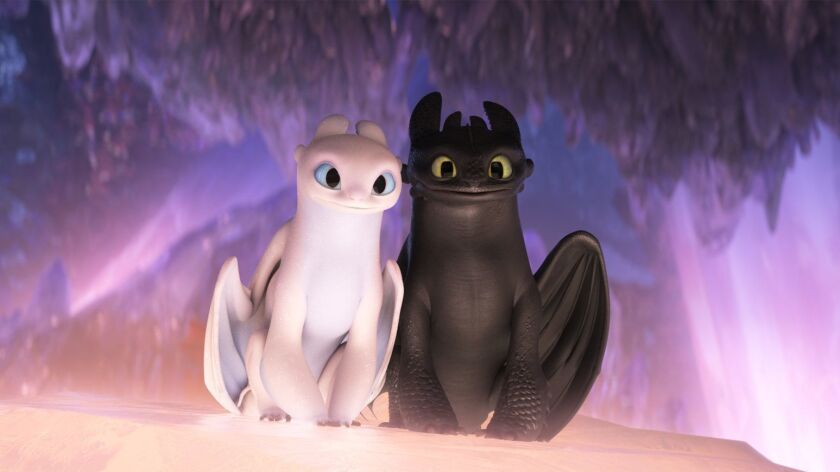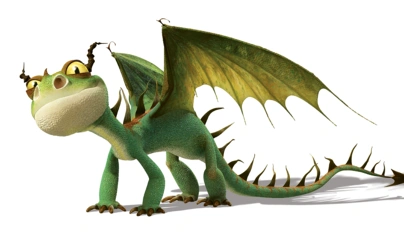*If you don’t have a printer, feel free to pick and choose some of the questions. Please don’t feel you have to copy all of the questions out by hand.
Grade 1’s: Double Digit Math
Worksheet: Gr. 1 Double Digit Practice
Grade 2’s: *There are two worksheets. 1 for Unknown Numbers, 1 for Equality Vs. Inequality Below.
Unknown Numbers
Worksheet:
Mixed Unknown Numbers Add:Subtract Within 20
Equality Vs. Inequality
You may have been introduced to this last year, but if not, I’ll copy out the introduction that I previously used for the Grade 1’s.
Today I would like you to practice identifying if an equation is equal or not. For example, you’re used to seeing equations like 5+5=10 and 8-5=3. Now pretend that the = sign is like a wall. When we are looking to see if things are equal in math equations, we want to know if the value of the numbers on each side of the = sign wall is the same. For example, for the equation 5+5=10. On the left side, there is 5+5, we know that equals 10. On the right side we have the number 10. So on each side of the wall the value is the same. Again, with 8-5=3. Pretend the = sign is a wall. On the left side of the wall we have 8-5, which we know equals to 3. On the right side of the wall we have 3, so on each side of the wall the value is the same. In both of these situations, there is an equality.
Now what about 4+5=10? On the left side of the wall we know 4+5=9. So on the left side of the wall, the value of the numbers is 9. On the right side of the = sign wall is 9. Is this equation equal? The answer is no. 4+5 does not equal 10. The values on each side of the wall are unequal so there is an inequality. For this equation would we show that it’s an inequality by using this sign: ≠.
We can also do this with simple equations too.
If I have 5+5=6+4 is this correct? Should there be a = sign or a ≠ sign?
On the left side of the = sign wall there is 5+5 which we know equals 10. On the right side there is 6+4 which equals 10 too. So is there an equality or inequality? There is an equality because both sides equal 10.
Try this worksheet and see if you can figure out if you use a = sign or a ≠ sign!




